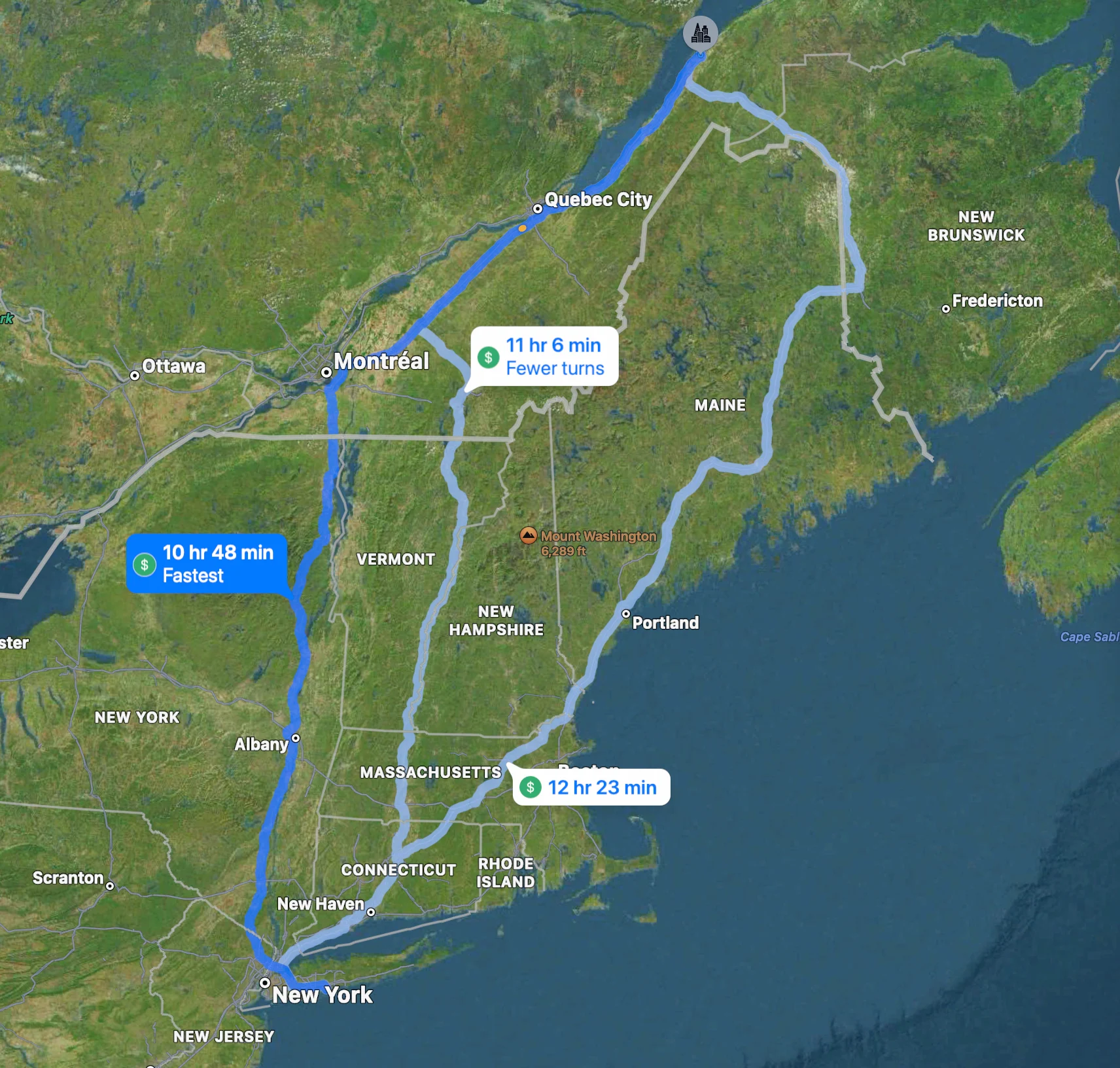Unless you consistently hunt in the Atlantic Flyway, your odds of killing a banded black duck are nearly zero. Even for East Coast hunters who do target black ducks, shooting one with a band is very rare. But what are the chances of shooting a black duck with two bands?
Last December, Rich Figlia of Lindenhurst, New York, doubled on a pair of black ducks. When he motored out to retrieve the second bird, he noticed that the duck had a band on each leg. Then, a half-hour after shooting the duck, Figlia spotted a small patch of green coloring on the inside of the right leg band. That’s when he realized the salt water had worn off the outer green coating, which indicates a $100 reward. Here's how this lucky hunter bagged a once-in-a-lifetime bird.

The Hunt
Figlia’s buddy was supposed to meet him at the dock that day to hunt the falling tide in the afternoon. His friend ended up running late, so Figlia planned to meet him at the spot in the bay. “It must have been 30 seconds after setting the decoys when I spotted a pair of black ducks coming in,” says Figlia. “I shot the first duck, and the other bird flared, but I folded it on the second shot.”
That second bird was a banded drake black duck, which was on the left side of the boat where his buddy would have been sitting. “When Matt showed up 20 minutes later, I showed him the bird and told him the story," says Figlia. “He just started laughing.” Those were the only two birds to come into their spread the whole day.

Band Report
In the boat, Figlia was examining the bands when he noticed a small patch of green coating on one of them. That’s when he realized it was a $100 reward band, which is normally all-green to indicate the cash prize. However, the saltwater had corroded both aluminum bands so badly that the color wore off along with two of the digits on the other band. "I couldn’t read two of the numbers,” Figlia tells Field & Stream. "So I had to dip the band in muriatic acid for 30 seconds, pull it out, put it in baking soda, and then rinse it.” This process is known as acid etching which removes the outer edge of a surface. In the case of old duck bands, the acid helps shed a thin layer of alumunim to reveal the stamped numbers below. Figlia went through this process three times before the numbers reappeared on the band.
Once he had the full nine digits, Figlia reported the band and learned that the six-year-old black duck hailed from L’Isle-Verte, Québec—over 600 miles from where it was killed on Long Island, NY. If that drake black duck made the same trek every year since it hatched in 2018, the bird would have flown around 8,000 miles between the two locations alone.
Figlia, 56, started hunting ducks in 2011. During his 14 seasons of waterfowl hunting on Long Island, he's killed three banded black ducks. One of the birds was a nine-year-old drake banded near Barnegat, New Jersey. That band was so corroded that he had to use the muriatic acid trick to restore the numbers. His third black duck was a seven-year-old hen banded in Deleware. Since the early 1900s, waterfowl researchers have banded over 1 million black ducks. As of 2019, only 160,000 of those bands have ever been recovered.


